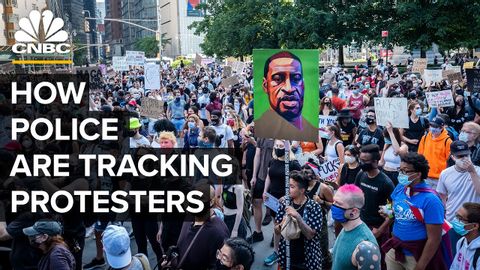
字幕與單字
警方如何利用高科技監控工具追蹤抗議者? (How Police Track Protesters With High-Tech Surveillance Tools)
00
day 發佈於 2021 年 01 月 14 日收藏
影片單字
community
US /kəˈmjunɪti/
・
UK /kə'mju:nətɪ/
- n. (c./u.)社區;團體;社群意識;線上社群;(生態)群落;實務社群;歐盟
- adj.社區的;共同的
A2 初級中級英檢
更多 使用能量
解鎖所有單字
解鎖發音、解釋及篩選功能
